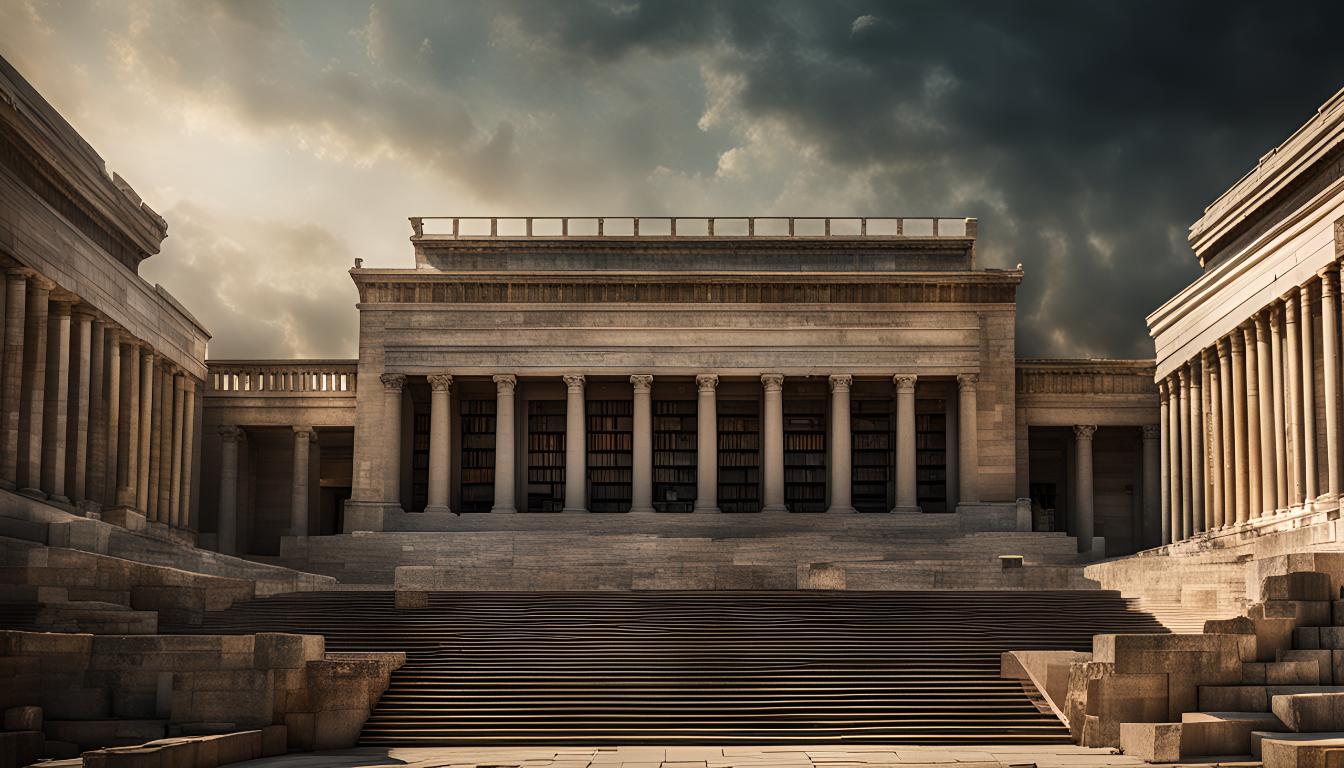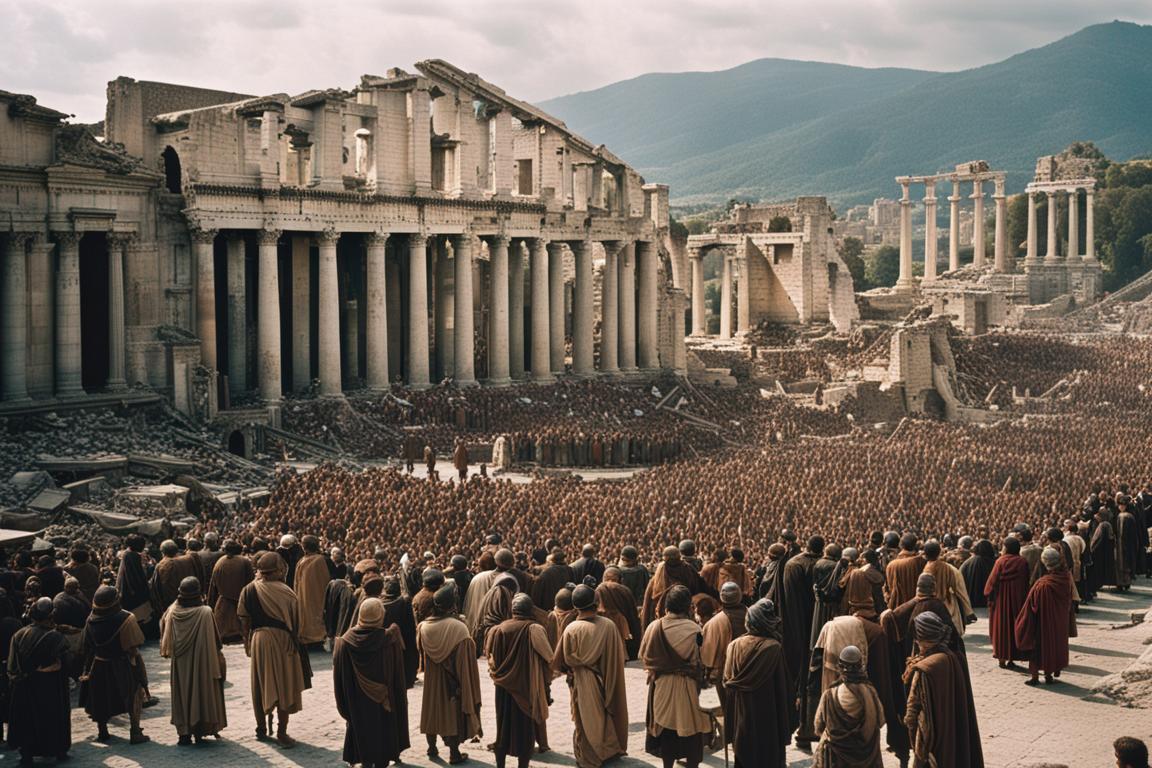1. Introduction: The Power of Symbols and Alignments in Human Culture
Throughout human history, symbols and alignments have served as fundamental tools for expressing beliefs, conveying complex ideas, and structuring societies. Symbols—visual, auditory, or tactile representations—are universal in their significance, transcending language and cultural boundaries. They encode abstract concepts such as power, spirituality, and identity, making them accessible and memorable across generations.
Alignments, whether celestial, architectural, or natural, have influenced perceptions and beliefs by creating a sense of harmony with the cosmos. Ancient civilizations harnessed these elements to connect human activity with divine or cosmic forces, embedding their worldview into monuments, rituals, and societal structures.
Historically, cultures like Egypt, the Maya, and China exemplified the sophisticated use of symbols and alignments to encode their cosmology, philosophy, and scientific knowledge. This article explores how these elements formed the backbone of ancient wisdom, illustrating their enduring relevance today.
Contents
- The Foundations of Symbolism in Ancient Societies
- The Significance of Alignment in Ancient Civilizations
- The Egyptian Use of Symbols and Alignments
- The Eye of Horus: A Modern Illustration of Symbolic Wisdom
- The Interplay Between Symbols and Natural Cycles
- Non-Obvious Depths of Symbolic and Cosmological Knowledge
- Modern Implications: How Ancient Wisdom Continues to Shape Our World
- Conclusion
2. The Foundations of Symbolism in Ancient Societies
Symbols originate from deep psychological and spiritual roots, serving as universal language tools that encode complex ideas into simple visual or auditory forms. Carl Jung emphasized the collective unconscious, suggesting that symbols tap into shared archetypes across cultures, facilitating the transmission of profound truths.
For example, the Ankh in Egyptian culture symbolized life and immortality, while the Mayan glyphs represented astronomical cycles and deities. In Chinese tradition, the dragon embodies power and auspiciousness, illustrating how symbols can unify spiritual, political, and social meanings.
Through these symbols, ancient societies encoded their cosmological understanding, religious beliefs, and societal values, ensuring the preservation and transmission of knowledge across generations.
3. The Significance of Alignment in Ancient Civilizations
Alignments—whether celestial, architectural, or natural—played a crucial role in shaping the worldview of ancient cultures. Astronomical alignments, for example, connected monuments and temples with specific stars or solstices, reflecting spiritual beliefs and cosmological order.
Architectural alignments often mirrored celestial events. The Great Pyramid of Giza aligns precisely with the cardinal points, and its shafts are oriented toward Orion’s Belt, symbolizing the pharaoh’s divine connection with the cosmos. Similarly, Mayan pyramids align with solstices and equinoxes, facilitating agricultural cycles and spiritual ceremonies.
Natural cycles, such as the Nile flood, dictated the timing of agricultural activities and were embedded in the symbolic architecture and rituals, demonstrating a sophisticated understanding of environmental patterns.
4. The Egyptian Use of Symbols and Alignments
a. The Role of Cartouches in Protecting Royal Names from Evil
In ancient Egypt, cartouches enclosed the names of pharaohs, serving as protective symbols that safeguarded their identity from malevolent forces. These oval-shaped hieroglyphic inscriptions often contained divine symbols, emphasizing the sacredness of royal names and their connection to cosmic order.
b. The Pharaoh as the Living Embodiment of Horus
Pharaohs were regarded as earthly manifestations of Horus, the falcon-headed god of kingship and the sky. This association imbued the ruler with divine authority and cosmic legitimacy, integrating symbolism deeply into governance and spiritual life.
c. Architectural Alignments in Temples and Their Connection to Celestial Events
Egyptian temples were meticulously aligned with celestial phenomena. For instance, the temple of Karnak was aligned to capture the solstice sun, emphasizing the divine nature of kingship and the universe’s harmony. Such alignments reinforced the spiritual significance of architecture as a reflection of cosmic principles.
5. The Eye of Horus: A Modern Illustration of Symbolic Wisdom
a. Historical Origins and Meanings of the Eye of Horus
The Eye of Horus, also known as Wadjet, originates from mythological stories where Horus’s eye was injured and later restored, symbolizing healing and protection. Its significance extends beyond mythology, embodying concepts of health, restoration, and divine watchfulness.
b. Its Function as a Symbol of Protection, Health, and Restoration
In modern times, the Eye of Horus is used as a talisman for protection and healing. Its detailed symbolism includes fractions representing its parts, which ancient Egyptians used in medicine and ritual magic to invoke divine aid.
c. How the Eye of Horus Exemplifies the Integration of Symbolism and Cosmology
As an example of timeless wisdom, the Eye of Horus synthesizes myth, cosmology, and practical application. It exemplifies how ancient symbols encapsulate profound understanding of natural and spiritual worlds, a principle that remains relevant today. For those interested in exploring how such symbols influence modern culture, including gaming or design, check out More on Egyptian slot features.
6. The Interplay Between Symbols and Natural Cycles
Ancient symbols often served as tools to understand and anticipate natural phenomena. The Nile flood cycle, for example, was central to Egyptian life, and its timing was reflected in the orientation of temples and the design of rituals. The annual inundation was considered sacred, symbolizing rebirth and divine favor.
The Egyptians aligned their structures with key points in the Nile’s cycle, ensuring that spiritual and agricultural activities were synchronized with natural rhythms. This integration of symbolism and natural cycles exemplifies a sophisticated understanding of environmental patterns.
7. Non-Obvious Depths of Symbolic and Cosmological Knowledge
Ancient symbols often carry hidden meanings that continue to influence modern thought. Sacred geometry, for example, underpins much of ancient architecture, representing ratios and shapes that reflect cosmic harmony. The proportions of the Great Pyramid, aligned with Fibonacci and golden ratio principles, reveal a deep knowledge of mathematics intertwined with spiritual symbolism.
Alignments of celestial bodies and architectural features demonstrate advanced understanding of astronomy and mathematics. These alignments were not arbitrary but carefully calculated to reflect cosmic order, serving both practical and spiritual purposes.
8. Modern Implications: How Ancient Wisdom Continues to Shape Our World
Elements like the Eye of Horus have persisted into contemporary culture, symbolizing protection and health in jewelry, art, and popular media. Moreover, architects and designers incorporate ancient alignment principles to create spaces that evoke harmony and spiritual resonance.
Understanding these ancient systems enriches our personal and societal growth, fostering a deeper appreciation for the interconnectedness of natural laws, spiritual beliefs, and human creativity. Exploring ancient knowledge can inspire innovative approaches in science, art, and philosophy.
9. Conclusion: Unlocking the Wisdom of the Past to Illuminate the Future
In summary, symbols and alignments form a vital bridge between the tangible and intangible aspects of human existence. They encode universal truths, connect us with the cosmos, and provide practical frameworks for understanding our world.
By exploring and appreciating ancient knowledge systems, we can uncover insights that remain relevant today. As the example of the Eye of Horus demonstrates, ancient wisdom continues to inspire modern culture, offering timeless lessons on protection, healing, and cosmic harmony.
“The symbols of the past are keys to understanding the universe and ourselves. Embracing this wisdom can guide us toward a more harmonious future.”




